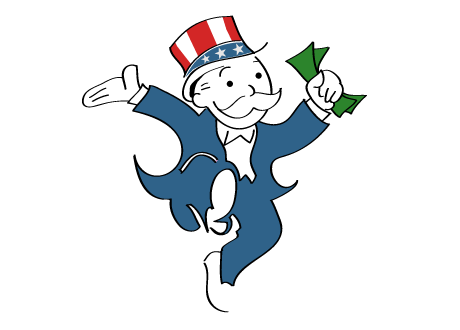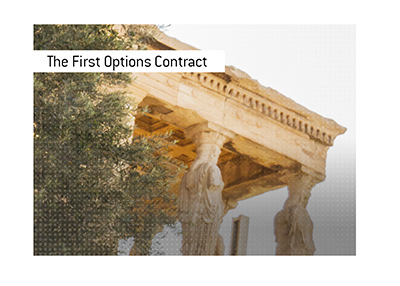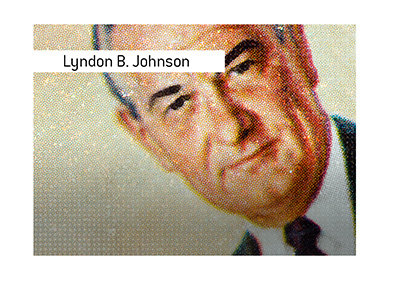US Government Spending Statistics From 1960 to 2010
 The spending practices of the United States is one of the hot-button issues right now in the country.
The spending practices of the United States is one of the hot-button issues right now in the country. And why not? The current outstanding public debt of the United States is nearly $14 trillion and is growing every day. By 2020, the country is expected to have right around $20 trillion in debt.
This figure has gone parabolic over the past couple of years, thanks to a couple of trillion dollar plus deficits that have been posted during the first two years of President Obama’s administration.
Most Americans recoil at the thought of borrowing and owing THAT much money.
Some politicians seize on these emotions by speaking up loudly against the raising of the “debt ceiling” in the country. The debt ceiling is a limit set by Congress that determines the maximum amount of debt that the country can run up. For instance, if the debt ceiling was set at say, $14 trillion, then the United States wouldn’t be allowed to borrow more than this amount without the ceiling being lifted.
This year it is the Republicans who are threatening to block an increase in the nation’s debt ceiling. In past years, it has been the Democrats who have been arguing noisily against increasing the nation’s debt ceiling. The issue gets tossed around like a hot potato on an almost-yearly basis, depending on which party is currently controlling the White House.
The question then becomes - which party has historically been the biggest spenders? The Republicans claim to be about smaller government, but do their actions back this up?
Let’s take a look at the numbers from 1960 to 2010. I am going to break this down by control of White House, control of Senate and control of the House of Representatives.
--
First off, it’s hard to declare that either the Democrats or the Republicans are the party of “fiscal restraint” when the country has posted an average annual budget deficit of $160.99 billion (after accounting for inflation) from 1946-2009, but anyways..
From 1960 to 2010 (a total of 51 years), US government spending has grown by an average of 7.63% per year. This compares to an average annual inflation rate of about 3.38% and an annual average population growth rate of a little less than 1%.
So, right off the bat, US government spending has increased at a rate far greater than both the rate of inflation and the population growth rate. Not a big surprise there.
Now let’s break down YoY (Year Over Year) growth in spending based on which party has controlled the White House, from 1960 to 2010:
Republican President, 29 Years, Annual Spending Increase of 7.58%
Democratic President, 22 Years, Annual Spending Increase of 7.68%
Very close. Now let’s look at the inflation adjusted numbers:
Republican President, 29 Years, Annual Spending Increase of 2.96%
Democratic President, 22 Years, Annual Spending Increase of 4.09%
--
Ok, now let’s break down the spending increase numbers based on which party had control of the House of Representatives, 1960-2010:
Republican Control of House, 12 Years, Annual Spending Increase of 5.12%
Democratic Control of House, 39 Years, Annual Spending Increase of 8.40%
Now, the inflation adjusted numbers:
Republican Control of House, 12 Years, Annual Spending Increase of 2.51%
Democratic Control of House, 39 Years, Annual Spending Increase of 3.73%
--
Lastly, the numbers based on which party had control of the Senate:
Republican Control of Senate, 16 Years, Annual Spending Increase of 6.47%
Democratic Control of Senate, 35 Years, Annual Spending Increase of 8.15%
The inflation adjusted numbers:
Republican Control of Senate, 16 Years, Annual Spending Increase of 2.93%
Democratic Control of Senate, 35 Years, Annual Spending Increase of 3.68%
--
A few more pieces of random information to close this article out:
-president with highest inflation adjusted YoY spending growth - Lyndon B. Johnson
-president with lowest inflation adjusted YoY spending growth - Bill Clinton
Filed under: General Knowledge



